Zac Schultz:
Good evening. I'm Zac Schultz sitting in for Frederica Freyberg. Tonight on “Here and Now” a “First Look” at the end of the American Health Care Act, which was pulled from the House floor without a vote today. After that, a “Closer Look” at the new Marquette Law School Poll. Then a look at what proposed school funding changes may mean for rural districts. It’s “Here & Now” for March 24.
Announcer:
Funding for “Here & Now” is provided in part by Friends of Wisconsin Public Television.
Zac Schultz:
Late this afternoon House Speaker Paul Ryan decided not to hold a vote on his bill that would have repealed and replaced most of the Affordable Care Act. The vote was supposed to have occurred Thursday, on the seventh anniversary of the bill’s signing, but it became clear Republicans did not have the votes to pass their bill. Here’s what Speaker Ryan had to say.
Paul Ryan:
We came really close today but we came up short. I spoke to the president just a little while ago. I told him the best thing I think to do is to pull this bill and he agreed with that decision. I will not sugarcoat this. This is a disappointing day for us. Doing big things is hard. All of us, all of us, myself included, we will need time to reflect on how we got to this moment, what we could have done to do it better.
Zac Schultz:
Even before this vote was cancelled, we invited all the Republican members of Congress from Wisconsin to join us on this program, including Senator Ron Johnson and Governor Scott Walker. All of them declined. However, Democratic Senator Tammy Baldwin did join us earlier today to talk about health care. Senator Baldwin, thanks for joining us today.
Tammy Baldwin:
Thank you.
Zac Schultz:
Recent polling shows support for the American Health Care Act at 17% nationwide. Have you ever seen a bill this unpopular get forced to the floor for a vote when it’s unclear it can even pass?
Tammy Baldwin:
I haven’t seen anything like this before, and it’s been a tumultuous week in Washington D.C., as Republican members of the House seem to be talking amongst themselves rather than listening to the people who sent them to represent them. They seem to be discussing how to make a bad bill even worse in order to try to find a majority. It’s quite stunning to behold.
Zac Schultz:
Now, if it does pass the House, which is unclear at this point, it only needs 51 votes in the Senate. Do you think it could pass there?
Tammy Baldwin:
Certainly not in any form resembling what they are debating right now in the House of Representatives. We’ve already had several of my Republican colleagues for various reasons say this is a non-starter with them in the Senate. But I actually hope the House does what’s right when they vote, we anticipate later today, and turn it back. This is clearly something that harms Wisconsinites. It harms Americans in terms of higher costs for less care, shortening the solvency of the Medicare program, capping and cutting Medicaid, putting rural clinics and hospitals in jeopardy of having to shut out the lights. With big tax giveaways to the wealthiest. It’s just bad news on every front and especially after reading reports across our state in the last week of how harshly this impacts both western and northern Wisconsin, and older Americans and Wisconsinites, 45 and above. I just hope they find the resolve to listen to their constituents and vote no.
Zac Schultz:
If this repeal and replace effort fails, the president said he’s already ready to move on and let Obamacare stand. Do you believe that or do you think there will be more attempts in the future to reform, if this fails?
Tammy Baldwin:
You know, I think that if this fails, we should start doing what we should have been doing for the last seven years, and that is constantly working together to strengthen our health care system, to lower costs, to increase competitions, and to stand up to those powerful folks that are sort of rigging things in their favor. In particular I would mention the pharmaceutical companies that we are seeing double, triple, quadruple the price of lifesaving drugs like the Epipen we saw last year, and seeing in a continuing fashion this year. There’s no reason at all why the Congress of the United States shouldn’t work together to confront the real challenges that exist in any complex system like health care. But Republicans have confused, or have refused and have said repeal, repeal, repeal, for seven years, and now look where this has put us.
Zac Schultz:
Your Wisconsin colleague, Republican Senator Ron Johnson, has said they need to work with Democrats to fix Obamacare. Are there areas where you think both parties could work to improve the current law?
Tammy Baldwin:
Oh, absolutely. And this has been my posture all the way along. Health systems are complex. And the Affordable Care Act gave people access to health insurance who hadn’t had it before. And it was wonderful in that respect. People who had pre-existing health conditions or who had insurance but had annual or lifetime caps that sent them to medical bankruptcy. But even the Affordable Care Act was not the end. Certainly not perfect. And as we saw prices go up, we need to vigilantly and constantly be working together to confront that. Whether that’s working on the issue of the high cost of prescription medication or whether it’s trying to introduce more competition so that people can have choices and be able to afford their premiums and deductibles. But as we’ve seen this Trumpcare, this Republican proposal to repeal and replace sets all of those indicators in the wrong direction. So again, I hope that today, later today, that the Republicans reject this proposal and we get back to working across the party aisle on something that affects everybody we represent.
Zac Schultz:
Now, if this repeal and replace plan fails, are you worried Republicans could undermine Obamacare in other ways, by changing regulations at the federal administrative level or not funding premium subsidies in future years?
Tammy Baldwin:
You know, I hope that the mischief-making is done. The idea that we would put America's health and well-being behind partisan politics, I hope that today, if I had any sway over the outcome in the House, that we learn a lesson and that we begin to work together to advance everybody’s health and well-being. Their access to affordable, quality care. We always should be working together in that direction, not trying to score political points and when it was cast in that way yesterday, I understand that President Trump spoke with some of the House Republicans and you know, issued his stern warning. It was–it seemed more about political points than it did the well-being of Wisconsin citizens who all want to be able to protect their families and be able to get high quality, affordable health care for their, themselves and their families.
Zac Schultz:
We’ve got just under a minute left. But this isn’t the only big thing happening in Washington. The Supreme Court nomination of Neil Gorsuch is moving forward. You came out in opposition as soon as he was nominated. Have you heard anything to change your mind?
Tammy Baldwin:
I had a chance to study his record when he was on a short list of folks that President Trump might nominate. The things that distress me so significantly is the lopsided number of times he sided with powerful corporations over workers and retirees, where he sided against disabled students just trying to get a fair and equitable education in our K-12 system. When he’s decided against women’s health. You know, he decided in the Hobby Lobby case that corporations are people. That to me is counterproductive at this critical time when his nomination and his confirmation, if it goes through, will affect Americans for generations, not just years, but generations. And so I believe that Neil Gorsuch should be held to the 60 vote standard that previous Supreme Court nominees have been held to. If he can’t get 60 bipartisan votes then I don’t think Mitch McConnell should change the rules. I think Donald Trump should change the nominee.
Zac Schultz:
Senator Baldwin, thank you for your time today.
Tammy Baldwin:
Thank you.
Zac Schultz:
Again, we invited each of the Wisconsin Republican members of Congress to join us on this program, as well as Senator Johnson and Governor Walker. All of them declined. So what do Wisconsin voters think about the health care debate? Let’s find out in our “Closer Look” at results from the latest Marquette Law School Poll. And joining us now is the director of the poll, Charles Franklin. Thanks for being here.
Charles Franklin:
Thanks for having me.
Zac Schultz:
You asked what people wanted Congress to do about Obamacare or the Affordable Care Act and most don’t want it to go away.
Charles Franklin:
That’s right. If you put it together about 60% would either keep it or keep it and improve it, and about 36% would either repeal it or repeal and replace it. We’ve seen similar kinds of numbers in the past, though support for Obamacare in general has moved up a little bit since the new administration took office.
Zac Schultz:
And is that–is it possible to know if that’s because there’s actually a realistic threat to it now?
Charles Franklin:
I think the threat is one thing. We’ve seen the Affordable Care Act was more unfavorable than favorable throughout its life until this new year. What’s different? There’s now a realistic threat of repeal. The other is, as we saw in our data, people are a bit fearful what a replacement would look like. They’re concerned that it would cover fewer people and that it would cost more, the opposite of what President Trump talked about on the campaign of covering more people for much less money.
Zac Schultz:
And we’ve got some numbers on that. The Congressional Budget Office put out numbers that said it will lead to 24 million people losing insurance over time. But less than half of the voters believe that. Is that lack of trust in government or is that a quiz on whether the people are paying attention?
Charles Franklin:
I think it’s a little bit of both. More of a quiz at this point because the bill is uncertain. It’s being changed constantly. We don’t even know what’s going to happen with the vote. Or at least I don’t at this point. So, I think it reflects that uncertainty but it also is worth looking that close to 2 to 1 margin who think something worse will happen compared to think something better will happen. That’s a real imbalance. It reflects the CBO numbers. It also reflects the political debate around the bill.
Zac Schultz:
And we do have the first approval ratings for the Trump era in Wisconsin. How’s he doing?
Charles Franklin:
41% approval, 47 disapprove. A little higher than national average, 11% haven’t made up their minds. As a result, his 41 approval is maybe a point below the national average right now, but disapproval numbers are about 3 or 4 points below the national average. That’s because we are not quite as opinionated about him yet as the national polling looks.
Zac Schultz:
But when we look at the party breakdown, it’s pretty clear.
Charles Franklin:
Oh, the party breakdown is night and day. That is like the middle of the Obama administration. High 80% of Republicans approve of Trump, high 80% of Democrats disapprove. Independents are a bit split. A little bit more disapproval than approval. Normally a honeymoon takes place and the opposition party at least holds off on being very negative. That has not happened now. The other thing is, Republicans were a bit split in the state in the fall about how they felt about Trump. They are now completely unified behind him at nearly 90%.
Zac Schultz:
Maybe the honeymoon’s within the Republican Party which he had to earn.
Charles Franklin:
I think the party has come home to him and rallied around him. We’ll see. For President Obama, he stayed in the low to mid 80s almost always with Democrats. We’ll see if that happens with Trump.
Zac Schultz:
And moving to the state, Governor Walker continues his slow climb towards almost a positive rating.
Charles Franklin:
We see his best rating in the last two years, 45 to 48, 45 approve, 48 disapprove. So, he’s still a little underwater by a three point margin, but that’s a three point uptick in his approval, three points down on his disapproval. We’ve watched him of course for his entire term, but especially since the beginning of 2015 he’s been substantially more disapproval than approval. This is closing the gap. He closed some over last summer but now he’s closed a little bit more. This comes in the wake of a generally positive budget that he submitted.
Zac Schultz:
And talking about that budget, one of the big issues is always going to be public education and funding for it. He’s proposed a big increase. And it looks like people support that idea.
Charles Franklin:
People overwhelming do by 80%, support more funding for K-12 education. This is the mirror image of two years ago in that budget where initially cuts to K-12 were proposed, which were enormously unpopular with the public and also ultimately with legislators.
Zac Schultz:
And so it makes sense that at the same time people want more funding, that shows they do like the local schools.
Charles Franklin:
Generally we’ve tracked this all along and a substantial majority are either very satisfied or satisfied with their public schools. It’s a very modest minority who are negative about those schools, though it is fair to recognize more people are in just the satisfied category by about 2 to 1, than are in the very satisfied category. So, it’s not like people are saying their schools are perfect, but on balance, they’re quite positive to it, and except in the Milwaukee area, where it’s–the biggest negativity, most of the state is quite positive to their local public schools.
Zac Schultz:
And very quickly, seems to be a trend that has been relatively consistent over time.
Charles Franklin:
That's right. We have not seen a shift in the balance of that to any appreciable degree in the four years, five years that we have been doing the Marquette poll.
Zac Schultz:
All right. Charles Franklin, thanks for your time.
Charles Franklin:
Thank you.
Zac Schultz:
In tonight’s “Closer Look,” Governor Walker’s budget increases K-12 funding by nearly $650 million over the next two years. The proposal also separately boosts funding to rural districts by more than $30 million. But not every rural school is able to benefit. Frederica Freyberg reports from Adams-Friendship.
Frederica Freyberg:
There can be no doubt. The Adams-Friendship district in central Wisconsin is rural and vast, covering 500 square miles.
Teacher:
If you’re done with your model, take this time to answer those three questions on your lab report.
Frederica Freyberg:
As the only district entirely inside the county, there are a lot of students in its three grade schools, middle and high school, at 1575. But given the district’s spread, that comes out to only about three students per square mile. Remember that math. Because it factors into how much funding the district receives. District Administrator Rick Wasky takes to the board to explain what state budget writers call sparsity aid. Something the governor’s proposed budget increases for rural schools. It gives extra money to schools with a sparse number of students per square mile. Adams-Friendship qualifies there, but it’s disqualified because of the other part of the equation. The extra bump in funding only accrues to districts of fewer than 1,000 students.
Rick Wasky:
We only have 3.15 students per square mile. But because we cover 500 square miles and we have 1575 students, the sparsity aid doesn’t help us budget-wise at all. We’re looking at a structural budget deficit between $700,000 and $800,000. So you know, even $175,000, $200,000 of additional aid certainly would help us with our budget deficit.
Scott Walker:
We are putting $11.5 billion of state support into K-12 education. Specifically this budget includes a more than half a billion dollar increase in per-pupil aid for public education.
Frederica Freyberg:
Given the red ink in his district, Wasky is glad the governor’s proposed budget goes outside the usual funding formula to boost that per-pupil amount as part of the overall K-12 budget. Because the usual formula to equalize aid to rich and poor districts has always hurt his.
Rick Wasky:
The concept that land and property value equals wealth is kind of an antiquated concept. Our school district, we’re over 70% free and reduced lunch, yet we have to pay a penalty on our equalized aid because of our property valuation, mostly lake properties.
Frederica Freyberg:
Adams-Friendship has the ninth highest poverty rate of the 425 school districts in the state. But gets dinged because of the value of some lake homes there.
Teacher:
We call that thirds. Two thirds.
Frederica Freyberg:
In the schools, that poverty rate means the district provides breakfast, lunch, dinner and snacks to students. At the same time, there have been staff layoffs and program cuts. Administrator Wasky reports that Act 10 did help weather funding cuts at the time. Teachers pay more for their own benefits but he says it’s hard to keep them.
Rick Wasky:
There’s kind of a breaking point to how much you can take away from your employees before they leave.
Teacher:
So let’s break this apart.
Frederica Freyberg:
Getting and keeping teachers is a perennial problem in rural districts. So, too, is the cost of bussing. The governor’s budget proposes more than $10 million in funding hikes for high cost transportation aid. Once again, Adams-Friendship misses outs. The district administration says it drove costs down by privatizing transportation and centralizing bus routes. Because of that, it did not qualify for aid anymore. And so, even as one rural district tries to contain costs while looking at the third consecutive year of budget deficits, proposals to increase funding across the board, and specifically for rural schools, is welcome news.
Rick Wasky:
We do feel good that the needs of the rural schools are being addressed, and I want to make that very clear. Just because some programs haven’t directly benefitted Adams-Friendship does not mean those programs haven’t benefitted other districts in significant ways. But I do think there needs to be some thought given to how some of the most needy school districts are being completely missed by some of the rules that are associated with the distribution of the money.
Zac Schultz:
The per-pupil funding increase in the governor's budget would mean an increase of more than$625,000 for the Adams-Friendship district. That increase is already accounted for in the district’s$700,000 deficit. The legislature’s Joint Finance Committee holds public hearings across the state on the budget the week of April 3rd. For more on the unique challenges facing rural schools, with new funding methods, we turn to Kim Kaukl, the executive director of the Wisconsin Rural Schools Alliance. Thanks for being here.
Kim Kaukl:
Thanks Zac. Appreciate it.
Zac Schultz:
Is Adams-Friendship the exception here or are there other obviously rural districts that don’t quite fit that definition according to the state?
Kim Kaukl:
There are a number of districts in the same boat Adams-Friendship is. And with a lot of the governor’s funding proposals he’s put out there, it helped a number of rural districts, but districts like Adams-Friendship and a lot of other districts out there that are members of our organization and not members, they’re still on the outside looking in because they don’t meet certain criteria. Like with the sparsity aid piece brought up in the video, because they made all the right pieces of the formula except the enrollment. They are a little over the 1500. One of the things our organization requested from the governor’s office was to go up to at least 1500 because we felt that would probably get about 80% of the districts in. So, still have a large number of districts on the outside looking in, and the same thing with the high transportation aid. They made all the sparsity pieces but don’t meet that 150% threshold.
Zac Schultz:
$30 million for rural schools isn’t nothing but compared to the $21 billion we’ll be spending on K-12 over the next two years, it’s pocket change. What difference can that money make for a rural district?
Kim Kaukl:
As I've said in some of my other interviews, it’s a step in the right direction. Where the $200 per-pupil comes in, it gets us back to about 2011 funding. And I say that because of all the cuts that have been made since 2011. Now we are kind of putting money back in, and it really gets us back to about the 2011 funding level. And that’s why you are going to see this April a number of referendums, because people are still struggling because we’re so far behind with the finances.
Zac Schultz:
Now, one of the strings attached to that increase in funding is so-called compliance with Act 10. Are there a lot of school districts out there that are members of yours that may not be in full compliance?
Kim Kaukl:
I don’t have an exact number but I know I've heard from some of them that have used the tools but maybe haven’t used, gotten all the way to the 12%, but have used the other pieces of the tools. And especially out in the rural areas, we’ve got to find a way to be able to attract people. And a lot of times it’s the benefit package that you can provide and you may not be able to give the salary, but if you provide a healthy benefit package, people are more willing to come out to the rural areas. And I think that’s why a lot of our rural districts really plug into the health side of it to attract people.
Zac Schultz:
We've heard about a teacher shortage everywhere. Is it more stark in rural school districts?
Kim Kaukl:
It's a nationwide phenomena, but yeah, especially out in our rural areas. We’re having a hard time. Especially in some of the key areas like math and science, and technology of attracting people out into the rural areas. Number one, a lot of young people just don’t want to come to the rural areas because there’s not a lot going on in their minds. But I’ve also found if I can get young people to come out to the rural areas and keep them there for 4 or 5 years, they realize it’s a pretty good life out here. It’s a little more laid back. A little more peaceful. The families are committed to their students and public education.
Zac Schultz:
Now, the Republicans that control the legislature represent a lot of rural areas and a lot of these districts are in their districts. Do you think you’ve got a sympathetic ear at the capitol to these issues?
Kim Kaukl:
I'm starting to feel that way. I think our Republican legislators are starting to listen to their constituents, especially when it comes to public education. I believe a lot of our constituents are starting to get a better understanding the impact that choice schools are having, even though they don’t have choice schools in their district, it’s shrinking the total piece of the pie. I know the last numbers that just came out, I think there’s 300 now choice schools. And pair that up with the 426 public schools all coming out of the same budget, the piece of the pie gets smaller and smaller and smaller. And I think that’s waking up a lot of our rural folks to start talking with their legislators.
Zac Schultz:
All right. Kim Kaukl, thanks for your time today.
Kim Kaukl:
Thanks very much.
Zac Schultz:
Now for an update away from the state capitol. Far away, in Madison Square Garden in New York City. That’s where the Wisconsin Badger men’s basketball team will play the University of Florida tonight. The Badgers advanced into the Sweet 16 after upsetting last year’s national champion Villanova. Tip-off is one hour from now. Good luck, Badgers. And finally tonight, a “Look Ahead” to next week. That’ when “Here & Now” will be pre-empted so that we may bring you an one hour live debate between the candidates running for state school superintendent. Incumbent Tony Evers and challenger Lowell Holtz will debate the issues from 7:00 to 8:00 p.m. March 31. Our debate is co-produced with Wisconsin Public Radio and will be moderated by Frederica Freyberg and WPR's Shawn Johnson. That’s next Friday night. Thanks for watching. Have a great weekend.
Announcer:
Funding for “Here & Now” is provided in part by Friends of Wisconsin Public Television.
Search Episodes
News Stories from PBS Wisconsin

Donate to sign up. Activate and sign in to Passport. It's that easy to help PBS Wisconsin serve your community through media that educates, inspires, and entertains.
Make your membership gift today
Only for new users: Activate Passport using your code or email address
Already a member?
Look up my account
Need some help? Go to FAQ or visit PBS Passport Help
Need help accessing PBS Wisconsin anywhere?

Online Access | Platform & Device Access | Cable or Satellite Access | Over-The-Air Access
Visit Access Guide
Need help accessing PBS Wisconsin anywhere?

Visit Our
Live TV Access Guide
Online AccessPlatform & Device Access
Cable or Satellite Access
Over-The-Air Access
Visit Access Guide
 Passport
Passport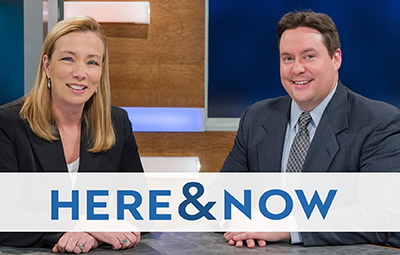





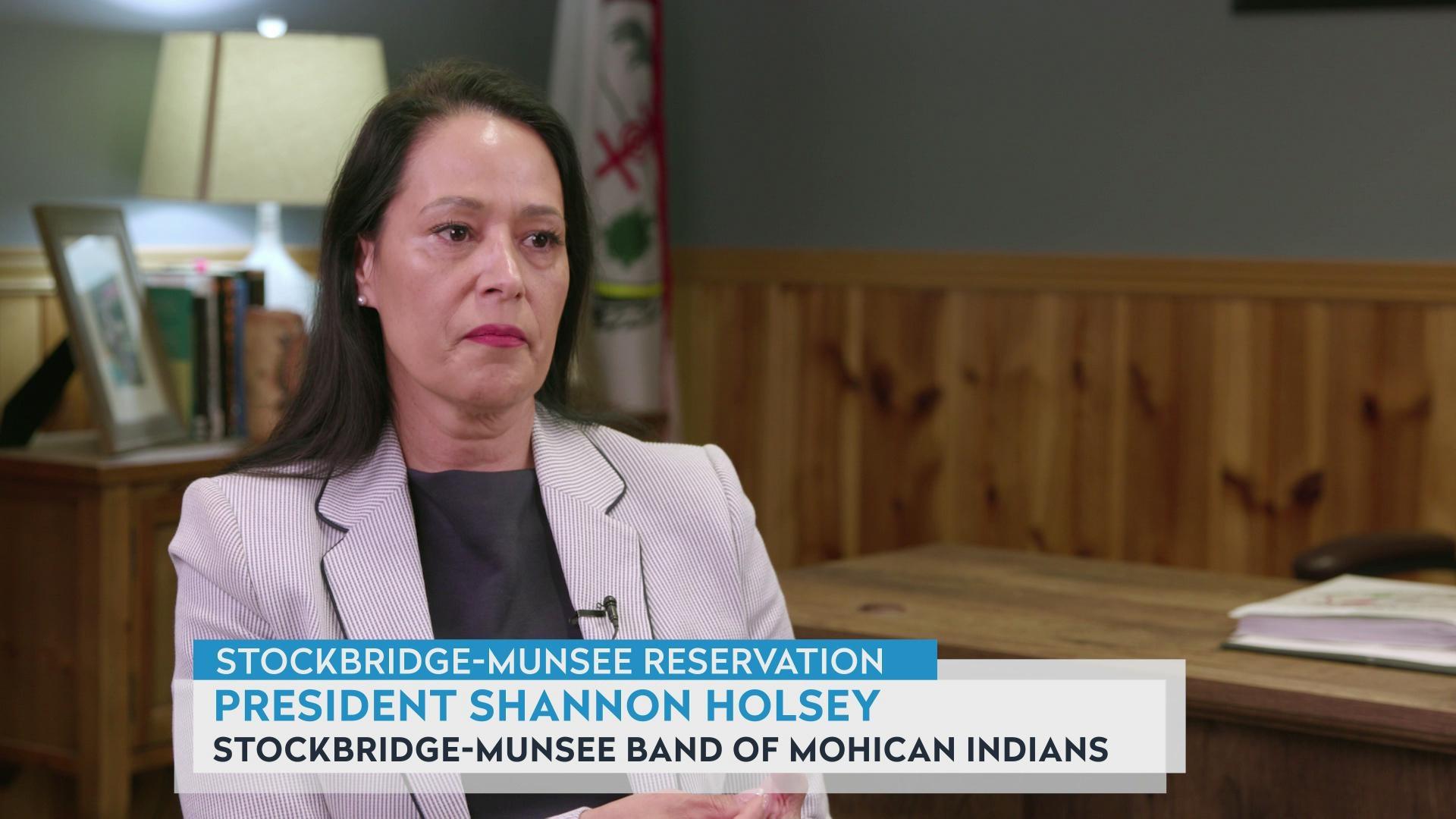

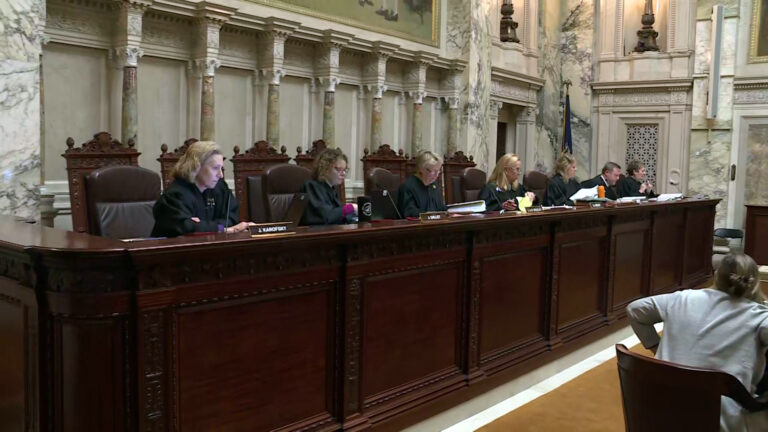
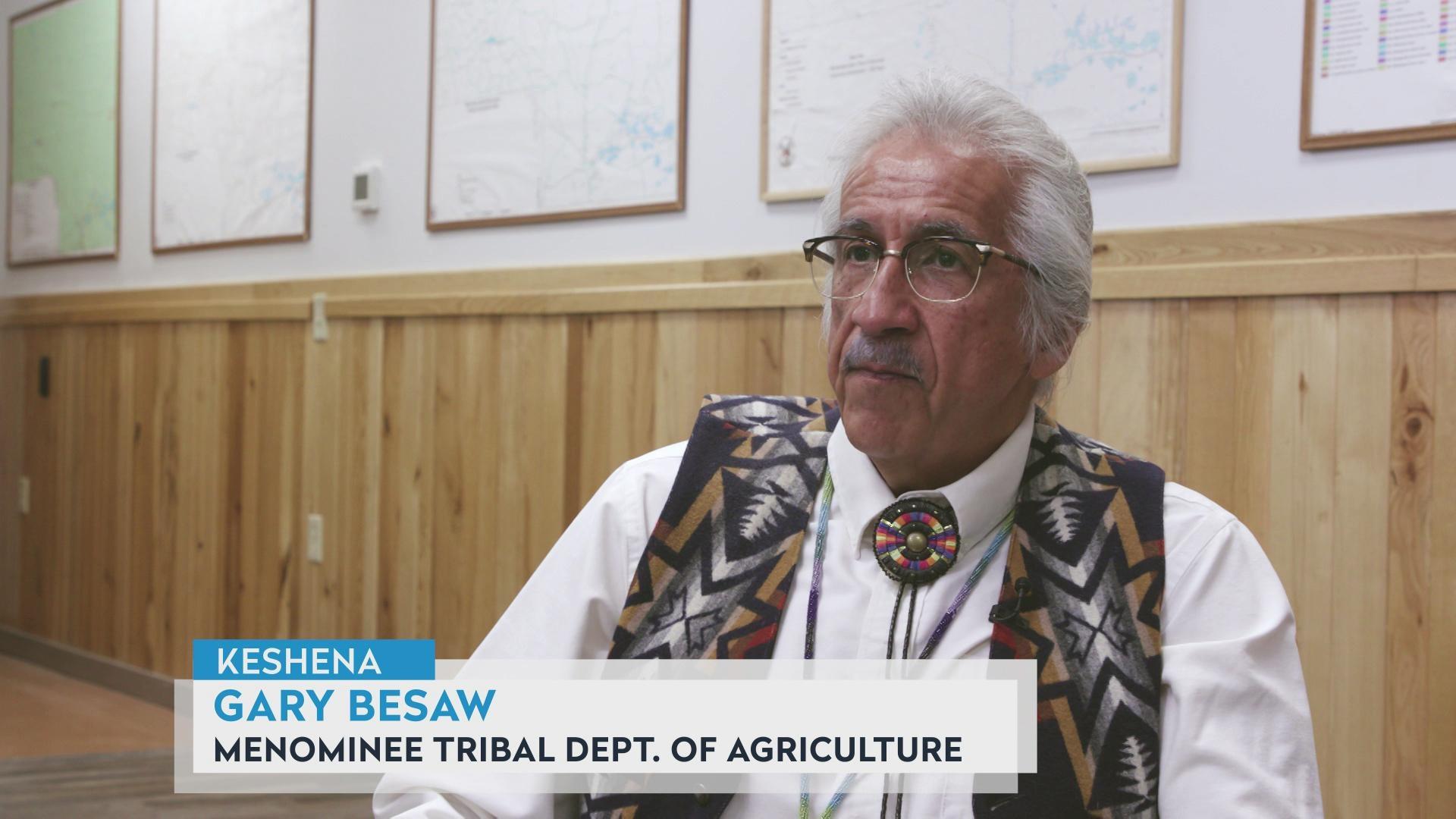
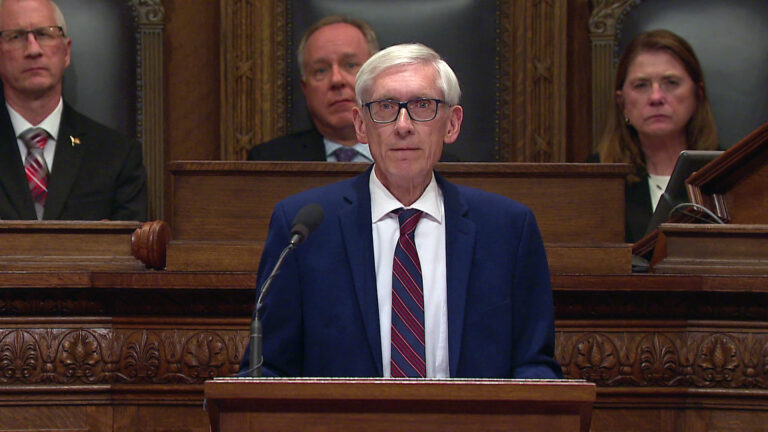

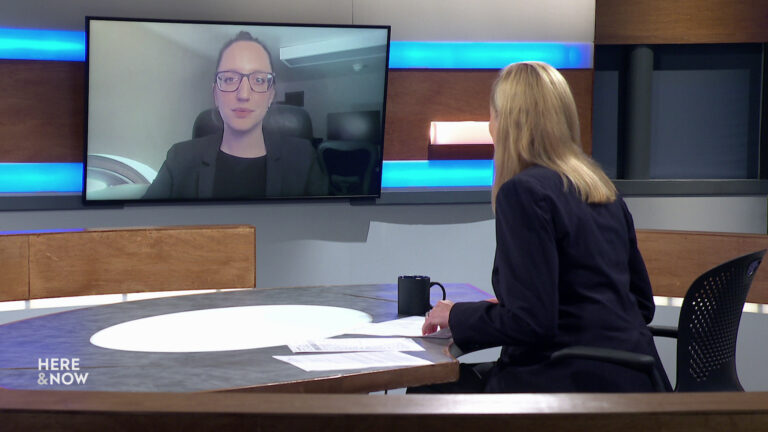

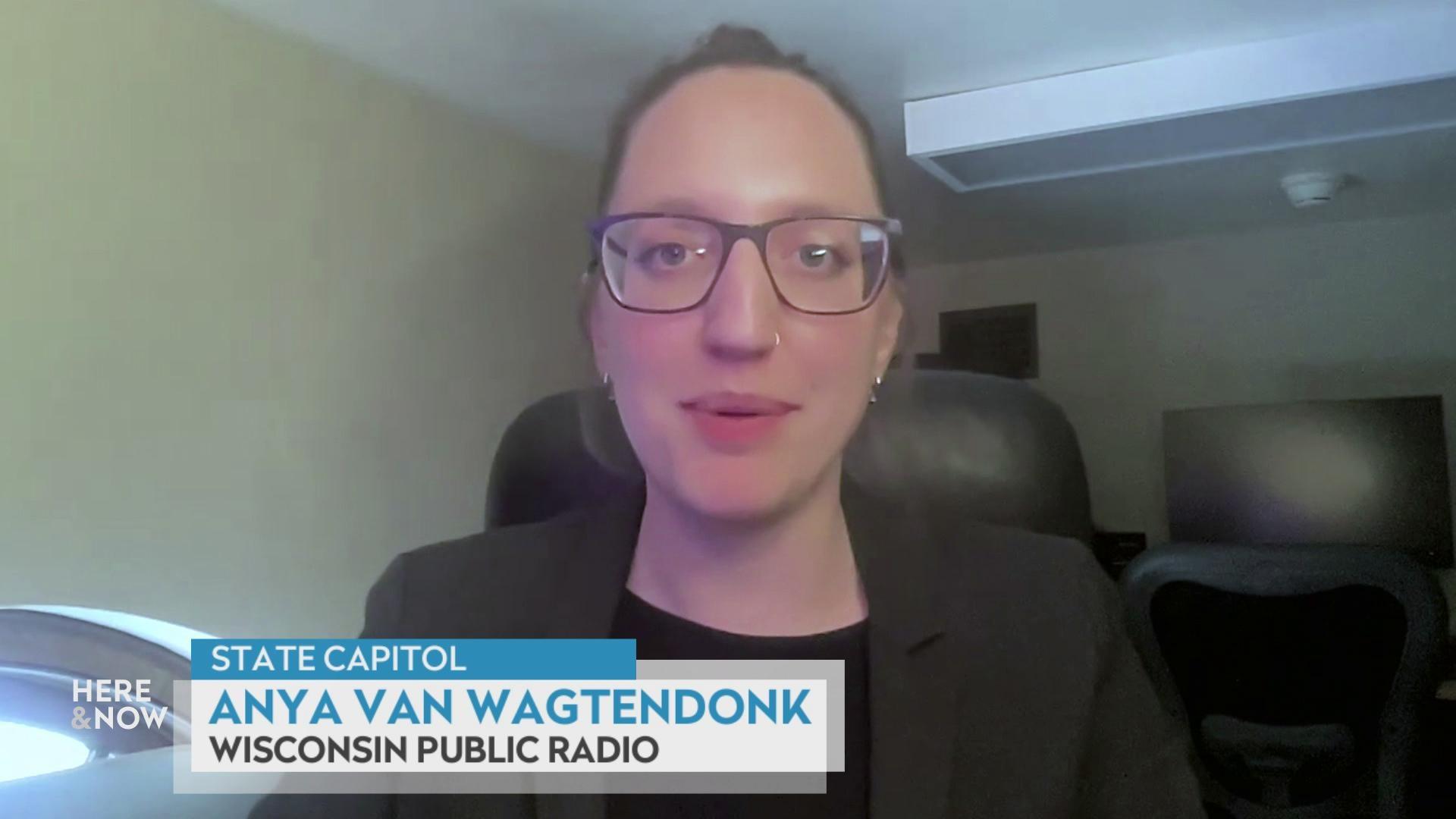
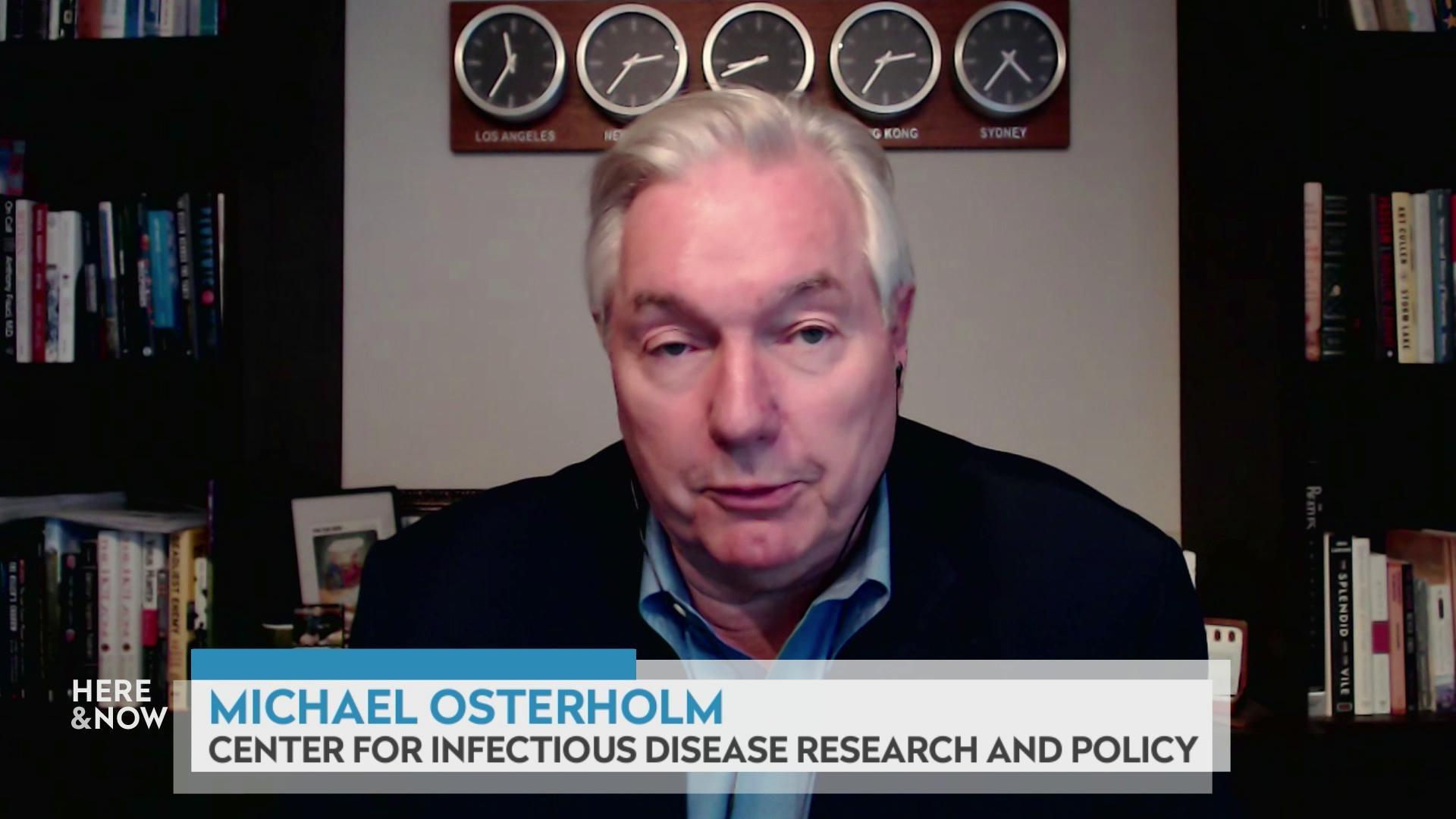



Follow Us